DJI Inspire 3
Master the unknown
As a spearhead in aerial cinematography, DJI Inspire 3 offers workflow efficiency, photographic language and unprecedented creative freedom. This all-in-one 8K camera drone enables professional-level filmmakers to maximize the potential of shooting and master even the invisible.
The definition of power and performance
Sophisticated integrated design
Inspire 3 is a camera drone that adopts an innovative design specifically designed to reduce air resistance, improving aerodynamics.
The maximum dive speed has increased from 9 m/s to 10 m/s compared to Inspire 2, while the vertical ascent/descent speed has increased from 6 m/s and 4 m/s to 8 m/s. 1
Its powerful maneuverability offers responsive and precise control and an extended flight time of up to 28 minutes. 2
The FPV camera, vision sensors, positioning antennas, and memory card slot adopt designs that are seamlessly integrated into the aircraft chassis, providing a minimalist look and modern industrial aesthetic.
Inheriting the classic transformable configuration of the Inspire series, Inspire 3 adopts a completely new design that supports 360° Horizontal Rotation and Tilt Boost functions. When the landing gears are down, the stabilizer supports an 80° upward angle without obstruction, 3 enabling filmmakers to achieve surprisingly innovative footage.
| Tilt boost | 360° horizontal rotation | Transport modes |
From the exterior design to the internal structure, every detail of Inspire 3 has been carefully considered and optimized.
| Preview in 3D | Preview in RA |
Space intelligence beyond all borders
High-mobility precision flight platform
Centimeter-level RTK positioning
Inspire 3 integrates high-precision RTK positioning technology used in fields such as architecture and surveying to provide centimeter-level accuracy. 4 Compared with traditional metric-level positioning supported by global navigation satellite systems (GNSS), RTK makes each flight more stable and flight route planning more accurate, significantly improving creative efficiency.
With the new design, stacked ceramic RTK antennas have been integrated into the aircraft chassis, enabling three types of GNSS (GPS, BeiDou, and Galileo) and offering centimeter-level dual-frequency positioning. By activating an RTK 5 network or configuring a D-RTK 2, 6 Mobile Station, users will be able to achieve highly accurate positioning without having to install additional modules.
| More information about RTK Network and RTK Base Station |
| Custom RTK network | RTK Base Station |
| Take advantage of the custom RTK network directly in areas covered by RTK. Simply access the Internet on DJI RC Plus and connect to an NTRIP server to enable Inspire 3 to receive complete data for fast and accurate positioning. | In locations without RTK network coverage, the RTK function can be used by setting up a D-RTK Mobile Station 2. In this way, Inspire 3 can receive complete data from the mobile station ensuring accurate positioning. |
Dual antenna orientation
Both the front and back of Inspire 3 are equipped with integrated stacked ceramic antennas with powerful magnetic anti-interference capabilities to further improve flight accuracy and safety.
Waypoint Pro
Specially designed for aerial cinematography, the Waypoint Pro feature enables flight route planning and filming, along with a wide range of custom settings. With new Repeatable Routes and Dolly 3D modes, an innovative automated shooting experience will be possible. In addition, RTK centimeter-level positioning ensures more accurate planning and execution of flight routes. Whether you’re shooting solo or with a professional crew, take advantage of Waypoint Pro to master complex scenes.
Repeatable flight routes
With the Repeatable Routes feature, the drone will automatically fly along the same route and maintain all preset parameters such as altitude, speed, stabilizer angle, and camera settings. Repeating the same flight mission allows filmmakers to perform difficult one-takes or fly at the same location at different times to create long-lasting timelapses, achieving transitions such as going from day to night or season to season.
| – | – | – |
Dolly 3D
Dolly 3D can simulate a crane, cablecam, or dolly on a film set, pushing the limits of such devices far beyond their limits. After planning a flight route, the filmmaker can manually control the aircraft to move forward or backward along the route and adjust parameters such as speed, stabilizer angle, and more according to the needs of the shoot. This makes complex cinematic camera movements more practical and efficient and can provide incredible visual effects.
Spotlight Pro
Optimized over Inspire 2, Spotlight Pro offers solo creators more shooting possibilities. Based on powerful machine learning algorithms, Inspire 3 supports automatic subject recognition and tracking of people, vehicles and boats with greater accuracy than its predecessor.
With Spotlight Pro’s Follow mode, the aircraft and the stabilized camera will point in the same direction and remain locked on the subject, so the pilot can get circular shots without having to manually adjust the framing.
| Follow Mode | Free Mode |
In Free mode, thanks to the 360-degree horizontal rotation of the Inspire 3’s stabilizer, the camera can remain locked on a subject, while a solo pilot uses the FPV camera to check the surroundings and control the flight path more responsively, resulting in more complex camera movements in a more convenient way.
Omnidirectional sensing system
Inspire 3 is equipped with 9 sensors, enabling an efficient omnidirectional sensing system that can detect obstacles in all directions and provide comprehensive protection during flight. 7
For the first time, a fisheye camera was added to each of the 4 landing arms. This helps eliminate blind spots from the aircraft frame when the landing gears are raised and enables horizontal obstacle detection when the landing gears are lowered.
| Horizontal 360-degree vision sensors | Front vision sensors | Lower vision sensors | ToF lower sensor |
Customizable obstacle detection
Inspire 3 introduces a new customizable feature to provide greater flight safety and creative freedom. Horizontal, upward and downward obstacle detection can be independently enabled or disabled, and an obstacle distance warning can be manually set to suit different scenarios. 8
When active avoidance is turned off, users can still view the distance to an obstacle on the real-time navigation display, and receive an audio alert when an obstacle is within a predetermined distance without the aircraft automatically performing avoidance. This will offer new possibilities for professional teams wishing to achieve more complex photographic languages.
Ultra wide-angle FPV camera for night vision
Inspire 3 features a new FPV camera with a 1/1.8-inch sensor with a pixel size of 3 μm, an ultra-wide-angle DFOV of 161°, and the ability to transmit live feeds at up to 1080p/60fps. Compared with its predecessor, the DFOV is almost doubled. This FPV camera offers impressive light detection capabilities, enabling pilots to observe their surroundings vividly and clearly, even at night, and ensure higher levels of safety during flight.
Inspire 3
| Sensor size | DFOV | Quality of live feed |
| 1/1.8 inch | 161° | 1080p/60fps |
Inspire 2
| Sensor size | DFOV | Quality of live feed |
| 1/1.7 inch | 84° | 480p/30fps |
| Watch the comparison video |
An incredible new perspective
Full frame image system in 8K
Specially designed 8K sensor
DJI’s lightest full frame 3-axis stabilized camera, the X9-8K Air, was made specifically for the Inspire 3 to take cinematography to a level never seen before. It features DJI’s latest image-processing system, CineCore 3.0, which supports internal recording of video in CinemaDNG up to 8K/25fps 9 and video in Apple ProRes RAW 10 up to 8K/25fps 9, to meet the demands of high quality movies and TV productions.
| Internal recording in ProRes RAW up to | Internal recording in CinemaDNG up to |
| 8K/75fps | 8K/25fps |
Shooting in 8K offers very high resolution and maintains a realistic texture close to what the human eye sees, with breathtaking sharpness when displayed on larger screens. RAW recording stresses the X9-8K Air’s sensor, providing ample room for visual effects and color grading.
| Watch in 8K |
| Watch the video in 8K |
In S&Q mode, X9-8K Air supports internal recording of full frame video in ProRes RAW up to 4K/120fps without cropping, offering even more creative editing options.
Native dual ISO
X9-8K Air supports a native dual ISO. In full frame format at 30 fps and below, it offers an EI 800/4000, supporting the 24 fps common in film productions and the 25 fps used in commercial and television productions. Beyond 30 fps, an EI 320/1600 is available.
This enables the X9-8K Air to shoot images with exquisite detail and minimal noise, such as cityscapes or beaches in low light, putting it on the same level as professional ground-based film cameras.
| Watch the video in 8K |
14 stops of dynamic range
X9-8K Air covers more than 14 stops of dynamic range to capture rich light and shadow details in complex lighting scenarios such as sunrises and sunsets. The high dynamic range offers more possibilities during post-processing, maintaining true colors even after significant exposure adjustments.
| EI gray scale (30 fps and below) | EI gray scale (above 30 fps) |
| Watch the video in 8K |
Goals of DL Mount 11
Inheriting DJI’s DL Mount, the X9-8K Air is compatible with an additional 18 mm ultra wide-angle F2.8 full frame lens and a new telephoto lens (will be released at a later date) 12 in addition to the previous DL 24/35/50 mm F2.8 full frame lenses. All 5 lenses are made specifically for aerial cinematography. The housings are made of lightweight monocoque carbon fiber, making the lens lighter by only 178 g, meeting Inspire 3’s requirements for maximum maneuverability.
| Discover the new DL 18mm F2.8 lens |
| The new full frame DL 18 mm F2.8 ASPH lens is made specifically for 8K aerial cinematography. With a full-frame DFOV of 100°, the 18mm focal length can include multiple elements, making it extremely useful for capturing the majesty of imposing subjects such as mountains or buildings. In addition, when approaching a subject, the ultra-wide angle can add additional visual tension. Its high sharpness and well-controlled chromatic aberration also enable the lens to record 8K images with richer details and hyper-realistic colors. |
DJI Cinema Color System (DCCS)
Based on DJI’s mature color science and technology, the DJI Cinema Color System enables the X9-8K Air to retain authentic colors that redefine aerial cinematography. This applies to natural and urban landscapes and also accurately captures skin tones in different scenarios and lighting conditions. DCCS ensures a perfect color match between the X9-8K Air and ground-based cinema cameras such as the DJI Ronin 4D, providing a uniform color style both in the air and on the ground to meet the needs in post-processing in film productions.
| Play video in 8K | ||
| – | – | – |
Multi-camera timecode synchronization
Through the 3.5 mm port on the aircraft, you can synchronize timecodes between in-flight and ground devices. When dealing with multiple shots from multiple cameras, synchronizing timecodes makes the editing process much easier and more efficient.
Interconnected ecosystem
O3 Pro video transmission and control system
DJI RC Plus
Inspire 3 comes with DJI RC Plus, a professional-grade radio control that features a built-in 7-inch, 1,200-nit high-brightness screen to provide an extraordinary visual experience. It also has an HDMI output port, along with several buttons and dials on the front, back, and top, allowing for quick and intuitive operations. The functions of the buttons can also be customized to suit users’ eseigencies and provide a smoother operating experience.
The built-in battery of RC Plus provides a battery life of about 3.3 hours, and can be extended to 6 hours via an external WB37 battery. 11 Battery hot swap during operations to improve creative efficiency is also supported.
In addition to the classic flight control interface, the new DJI Pilot 2 app for Inspire adds a cinematic-level monitoring interface, which allows convenient and intuitive control of information such as camera exposure, video specifications, focal length, and stabilizer angle, meeting the monitoring needs of filmmakers and operators.
Also included are professional accessories such as a strap and waist support for more comfortable and efficient extended use.
Cinema-level video transmission O3 Pro 13
Inspire 3 is equipped with O3 Pro, DJI’s latest cinema-level video transmission system, which allows a maximum transmission distance of 15 km in single control mode 14 and 12 km 15 in dual control mode. Both the stbilized camera and FPV camera support 1080p/60fps live feeds and an ultra-low latency of 90 ms. Compared with the Inspire 2’s Lightbridge video transmission system, the O3 Pro has made a generational leap in terms of transmission distance, latency, and overall stability.
For the first time, live feeds in 4K/30fps with a maximum transmission distance of 5 km are also supported to meet the needs of UHD monitoring and live streaming on sets. 16
Inspire 3
| Maximum video transmission distance (single control) | Maximum video transmission distance (dual control) | Maximum frame rate of the live feed | Maximum resolution of the live feed |
| 15 km | 12 km | 1080p/60fps | 4K/30fps |
Inspire 2
| Maximum video transmission distance (single control) | Maximum video transmission distance (dual control) | Maximum frame rate of the live feed | Maximum resolution of the live feed |
| 7 km | 7 km | 720p/30fps | 720p/30fps |
Independent connections for dual control 17
Compared with its predecessor, the Inspire 3’s dual-control experience has been greatly enhanced. Two radio controls can receive live feeds and control the drone independently, allowing the pilot and stabilizer operator to be in different locations on the set. This compensates for Inspire 2’s limitations in combining primary and secondary control links.
If the pilot loses the aircraft signal, the stabilizer operator will be able to take control of the aircraft to safely return to the takeoff point or land directly.
Compatible with the DJI PRO ecosystem
| Discover the DJI PRO Ecosystem |
| Dual control | 3-person control (scenario 1) | 3-person control (scenario 2) |
Supports DJI 11 High Brightness Remote Monitor
In addition to RC Plus, Inspire 3 also allows the use of the DJI High Brightness Remote Monitor as a second remote control. The Remote Monitor can pair directly with Inspire 3 to receive live feeds and can even control the stabilizer and focus when the Ronin 4D Handles are connected. 11 The HDMI 18 and SDI 18 ports on the remote monitor can also send live feeds to other monitoring devices.
Supports DJI Follow Focus 3-channel 11
As an integral part of the DJI PRO ecosystem, the new 3-channel DJI Follow Focus can transmit control signals to Inspire 3 via the O3 Pro transmission system (this requires a High Brightness Remote Monitor to act as an intermediate device). With 3-channel Follow Focus, the focus operator can achieve precise remote focus control and continuous aperture adjustments to provide a fully integrated wireless monitoring and control experience.
When DJI Follow Focus 3-channel is used with two DJI RC Plus radio controls, the intermediate DJI High Brightness Remote Monitor must be connected to the stabilizer operator’s RC Plus via HDMI and USB A-C cables. This allows designated personnel to perform piloting, stabilizer control, and focus control independently.
Supports DJI Master Wheels 11
When a DJI High Brightness Remote Monitor is paired as a second controller (as an intermediary in the PRO ecosystem), the Inspire 3 stabilizer can be controlled using DJI Master Wheels. In this way, it can provide a stabilizer control experience on par with Ronin 2 to meet the operational needs of filmmakers.
Supports DJI Transmission 11
With DJI Transmission, Inspire 3 supports extended monitoring on set. By connecting RC Plus to a DJI Video Transmitter with Broadcast mode enabled, 19 live feeds can be transmitted to an unlimited number of remote monitors, further improving coordination efficiency.
Shooting all day
Efficient operations in every scenario
Dual battery system
Inspire 3 features a new TB51 dual-battery system, which uses the latest chemical technology for optimized performance and reliability.
TB51 batteries are smaller, lighter, more compact, and higher voltage than TB50. They provide a maximum flight time of 28 minutes and support a redesigned hot swap that enables effortless continuous operations.
If the battery temperature drops below 18°C, it will activate an automatic warm-up function, maintaining adequate flight performance even in places with temperatures as low as -20°C.
New battery charging station
The brand new folding battery charging station offers an optimal balance between charging efficiency and storage size. It can hold 8 batteries and can simultaneously charge two batteries to 90% in just 35 minutes 20 in fast charging mode and 100% in just 160 minutes. 20 The included 65 W USB-C port can also be used to charge an RC Plus.
DJI PROSSD 1 TB included
The included 1 TB DJI PROSSD supports a maximum read speed of 900 MB/s, and movies can be viewed on a computer directly via the included USB-C to USB-C cable, without the need for a card reader.
Storage and transport
The newly designed trolley has an extendable handle, 2 side handles and 4 360-degree movement wheels, making it easy to carry. It is also equipped with 2 numbered locks for added security. The trolley can hold an aircraft, an X9-8K Air stabilized camera, 2 RC Plus radio controls, 4 lenses, 12 batteries, 2 battery charging stations, 3 sets of propellers and many other items. The new foldable quick-release propellers are easy to store and do not require reinstallation before each flight.
Package Contents.
Inspire 3 x 1 aircraft
RC Plus × 1
Zenmuse X9-8K Air Stabilized Camera × 1
Smart Battery TB51 × 6
PROSSD 1TB × 1
Smart battery charging station TB51 × 1
Quick-release folding propellers for Inspire 3 (pair) × 3
Strap for RC Plus × 1
Life Support for RC Plus × 1
Trolley for Inspire 3 × 1
Zenmuse X9-8K Air Stabilized Camera Case × 1
Carrying case for lenses (18/24/35/50 mm) × 1
USB-C to USB-C High Speed Data Cable × 1
USB-C to USB-A Data Cable × 1
AC Cable for Smart Battery Charging Station TB51 × 1
Rubber shock absorbers for Inspire 3 × 2 stabilizer
Adhesive for Smart Batteries TB51 paired × 1
Double-head screwdriver × 1
Notes
* Before each flight, inquire about all local laws and regulations.
** Data acquired with a production model of DJI Inspire 3 in a controlled environment. Actual experience may vary depending on environment, method of use, and firmware version.
*** All videos and images on this page were shot in strict compliance with relevant local laws and regulations.
**** DJI Inspire 3 must be activated via the DJI Pilot 2 app.
- Highest speed tested in a windless environment at sea level.
- Data acquired while flying at a constant speed of 36 km/h, in a windless environment, at sea level, with a stabilized camera and lens attached to the aircraft and no other accessories, until the battery reached 0%. The data are for reference only. Refer to actual values in the app.
- Data acquired using a 50-mm DL lens, with the landing gears down and the aircraft in stationary flight in a windless environment.
- When RTK is off, DJI Inspire 3 uses GNSS positioning by default.
- Before using the customized RTK network, contact a local dealer to purchase the service.
- The D-RTK 2 Mobile Station can be purchased separately.
- Obstacle detection is disabled while the landing gears are being raised or lowered. When the landing gears are lowered, there are blind spots for obstacle avoidance in the forward left and forward right areas of the aircraft by about 20°.
- Custom braking distance for obstacle avoidance: 2-10 meters horizontally, 1-3 meters upward and 1 meter downward. Custom obstacle detection distance warning: 2.1-30 meters horizontally, 1.1-10 meters upward and 1.1-10 meters downward.
- The license key can be purchased separately.
- Shooting video in 8K/75 fps requires a full frame 2.4:1 aspect ratio and Apple ProRes RAW in S&Q mode.
- Purchasable separately.
- The new telephoto lens will be released at a later date.
- Data acquired in an unobstructed, interference-free outdoor environment with a stabilized camera and lens attached to the aircraft and no other accessories. The reported data shows the farthest communication distance for one-way and round-trip flights according to each standard. Pay attention to the notifications in the app during the flight.
- Maximum video transmission distance in single control mode: FPV camera: approx. 15 km (FCC), 8 km (CE/SRRC/MIC). Stabilized camera (1080p/60fps live feed): approx. 13 km (FCC), 7 km (CE/SRRC/MIC). Camera stabilized (4K/30fps live feed): approx. 5 km (FCC), 3 km (CE/SRRC/MIC).
- Maximum video transmission distance in dual control mode: FPV camera: approx. 12 km (FCC), 6.4 km (CE/SRRC/MIC). Stabilized camera (1080p/60fps live feed): approx. 11.2 km (FCC), 5.6 km (CE/SRRC/MIC). Camera stabilized (4K/30fps live feed): approx. 4 km (FCC), 2.4 km (CE/SRRC/MIC).
- Only when the frame rate is 30fps or lower
- When using two radio controls, make sure that the antennas of both radio controls face the aircraft and that there are no obstacles between the radio controls and the aircraft. Otherwise, one radio control with a weak signal could affect the communication quality of the other.
- The port is located on the DJI Remote Monitor Expansion Plate, purchased separately.
- Broadcast performance differs in Broadcast mode.
- Data acquired at an ambient temperature of 25°C, in a well-ventilated room, and are for reference only.
- Data captured using the included USB-C to USB-C data cable on Apple MacBook Pro 2021 (Apple M1 Max chip).

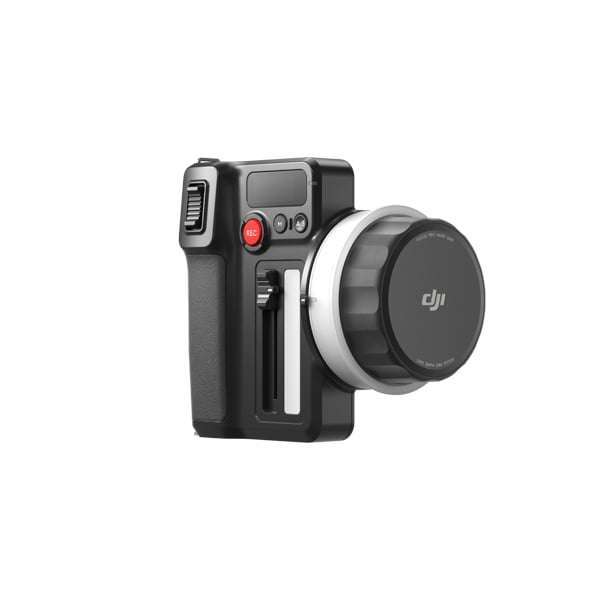
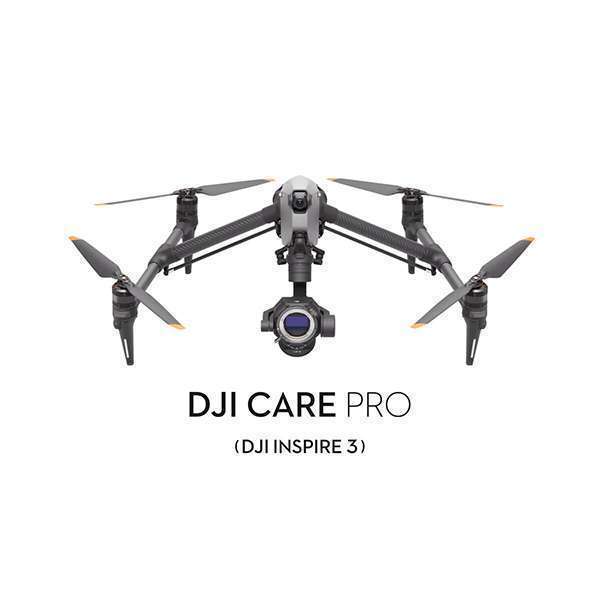
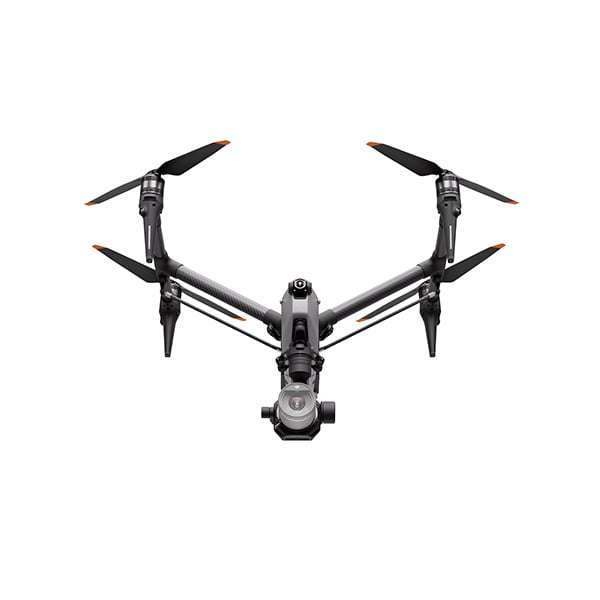
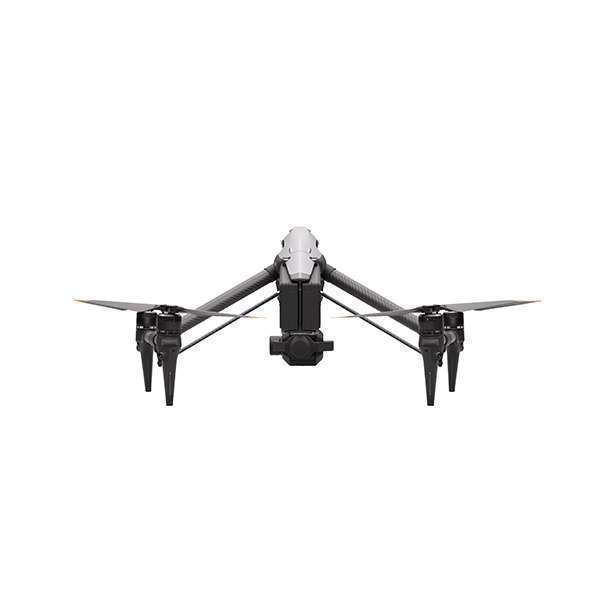
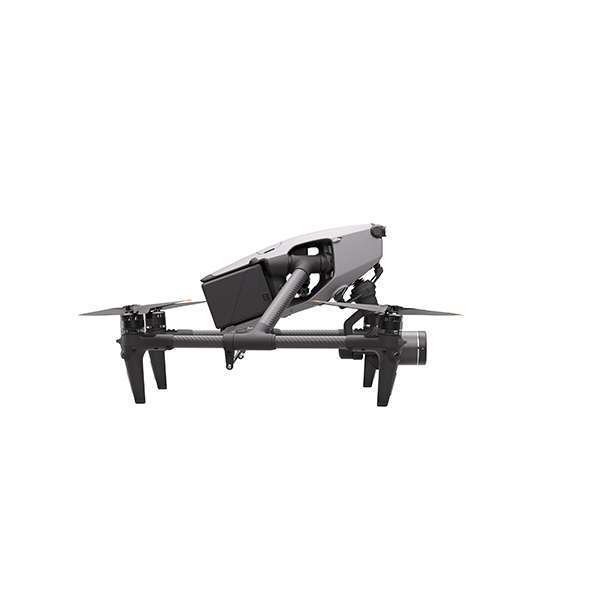
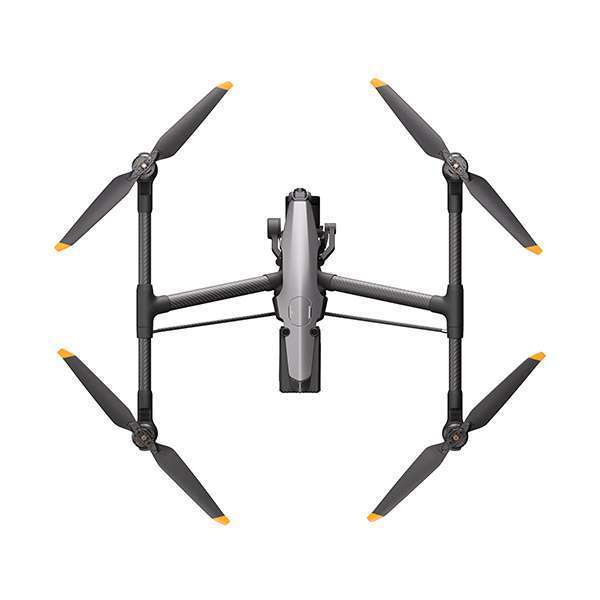
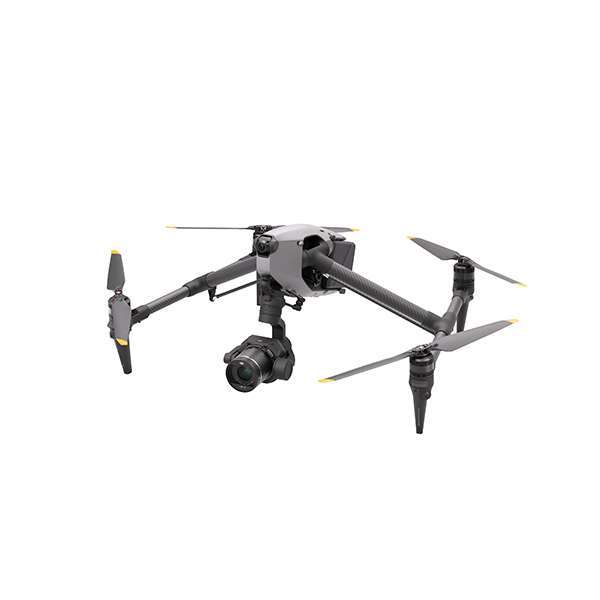
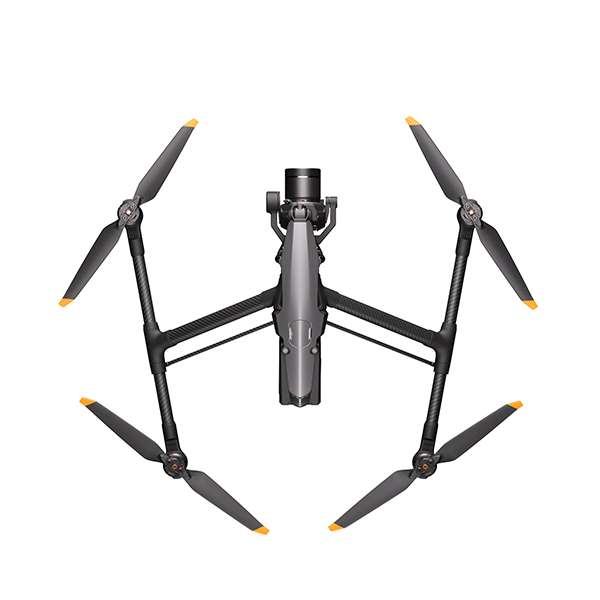
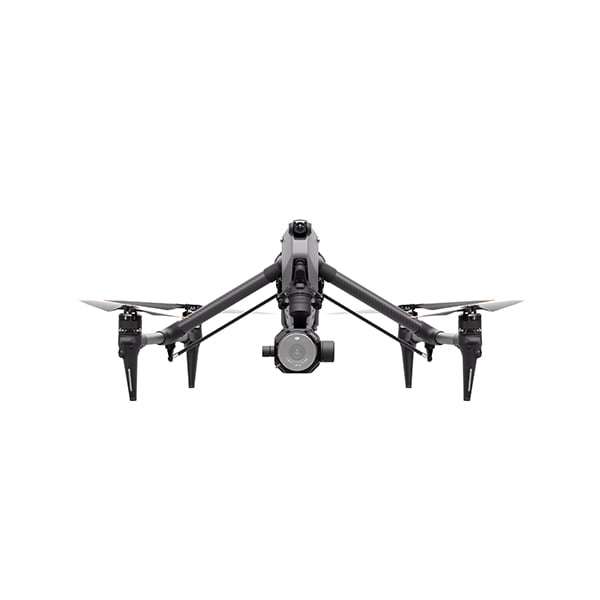
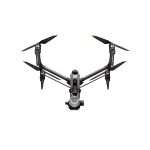
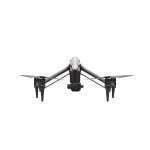
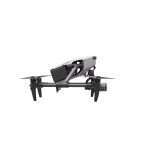
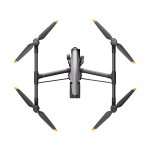
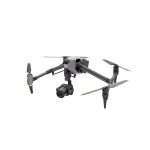
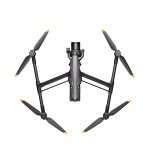
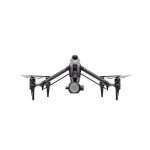
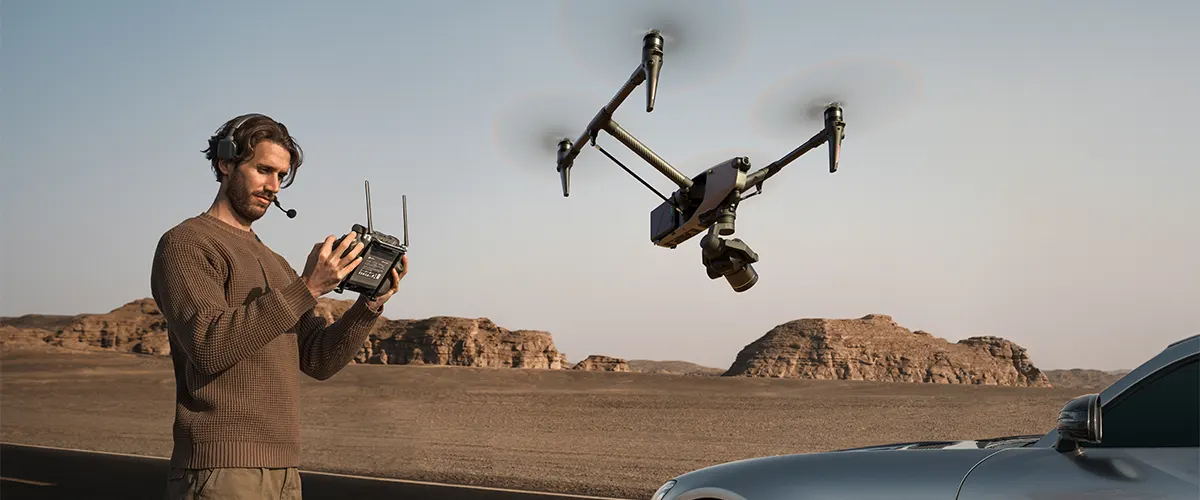

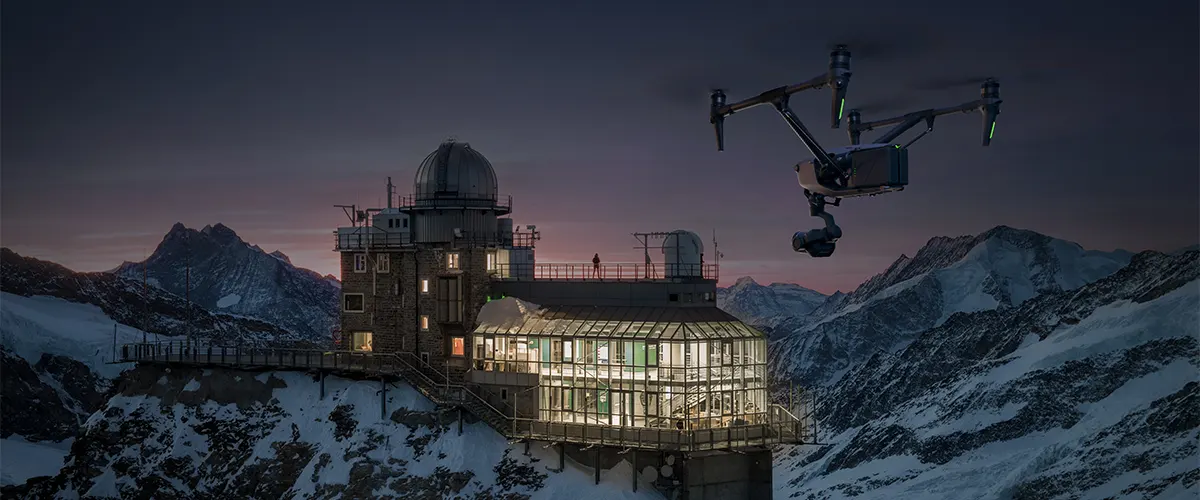
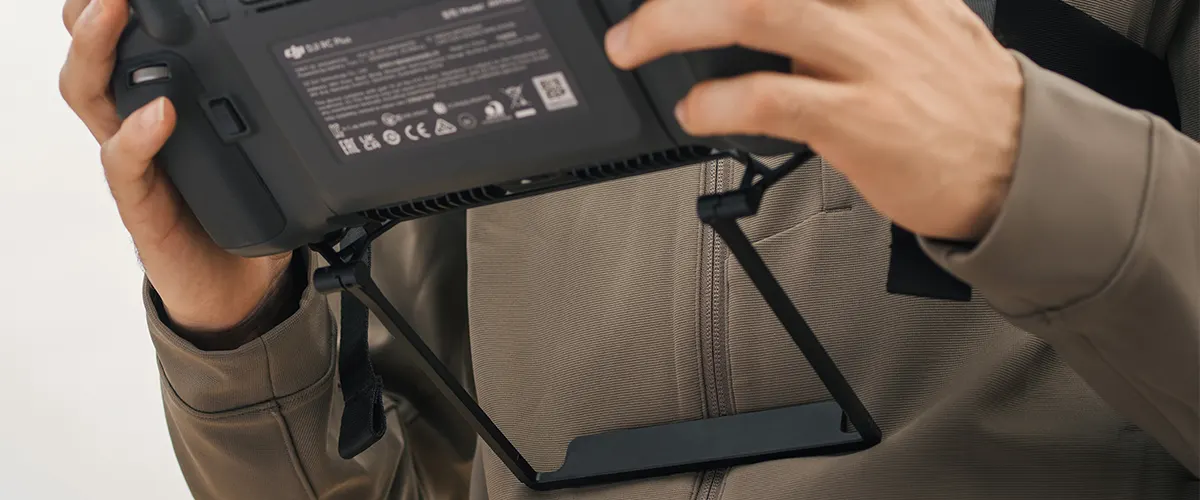
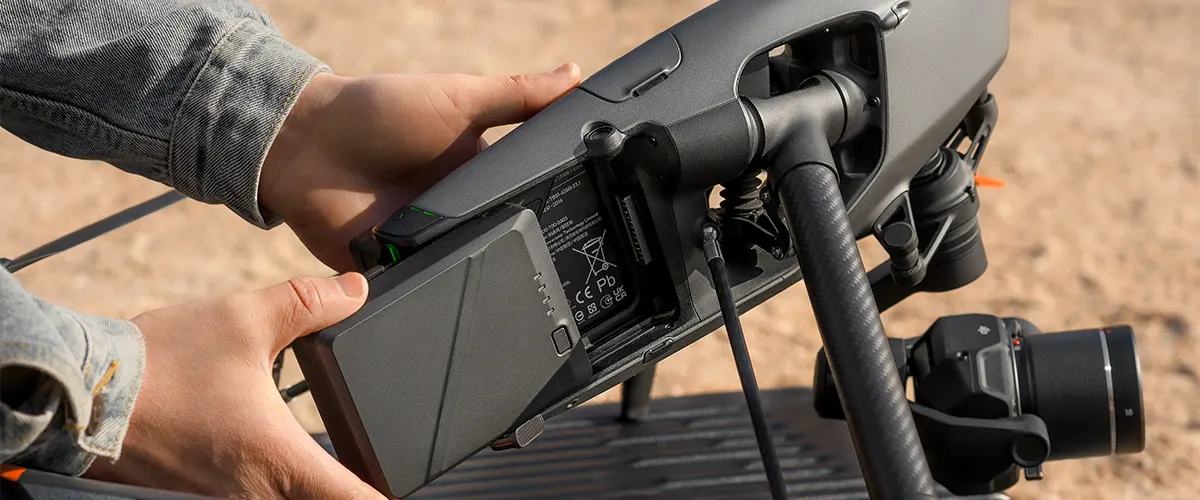
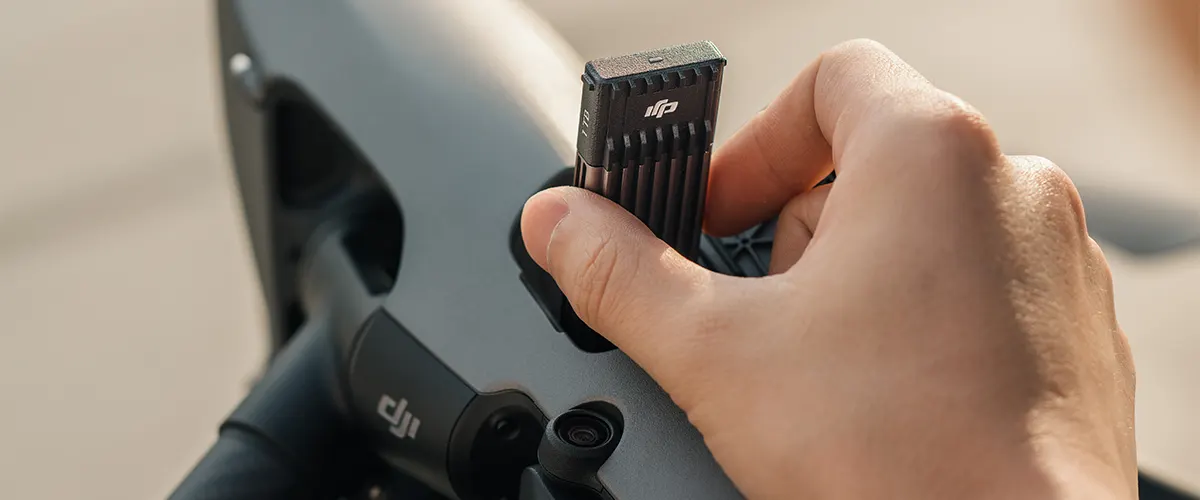


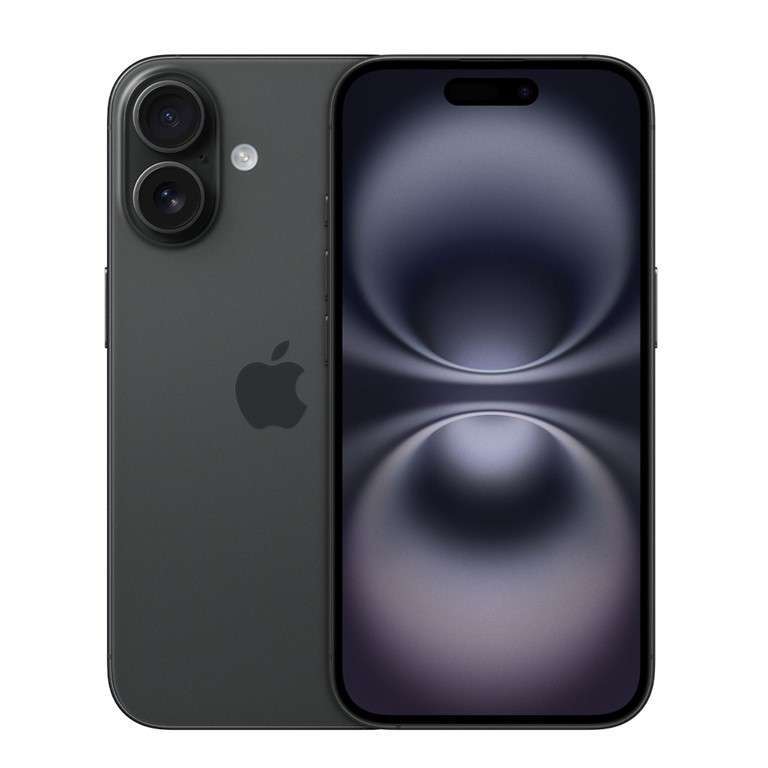
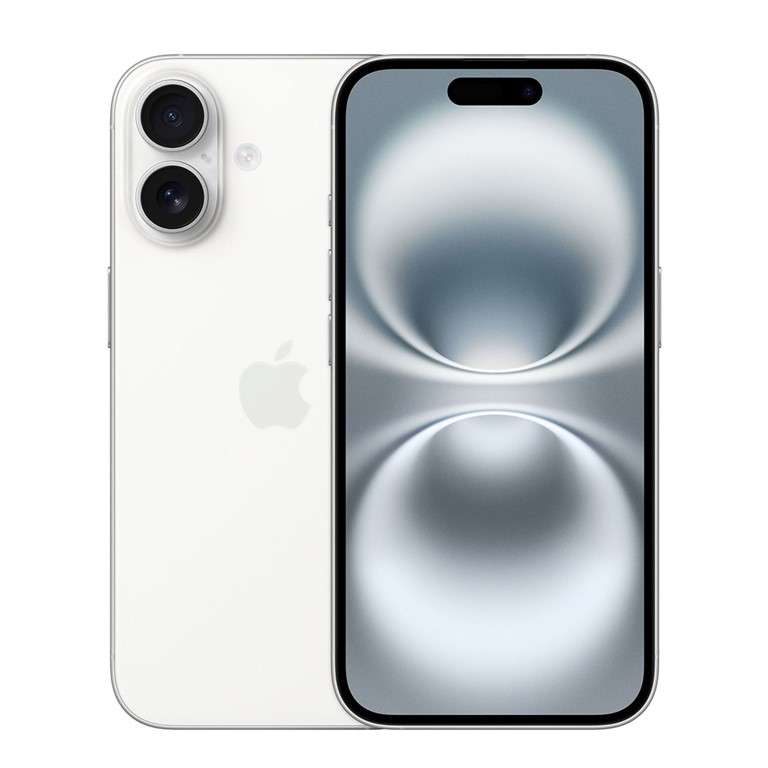
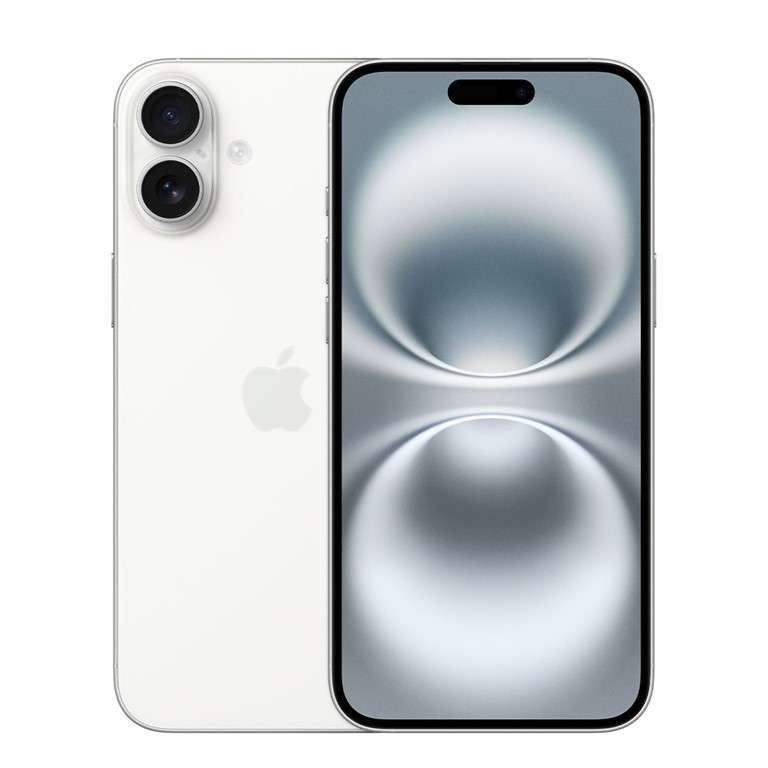
Reviews
Clear filtersThere are no reviews yet.